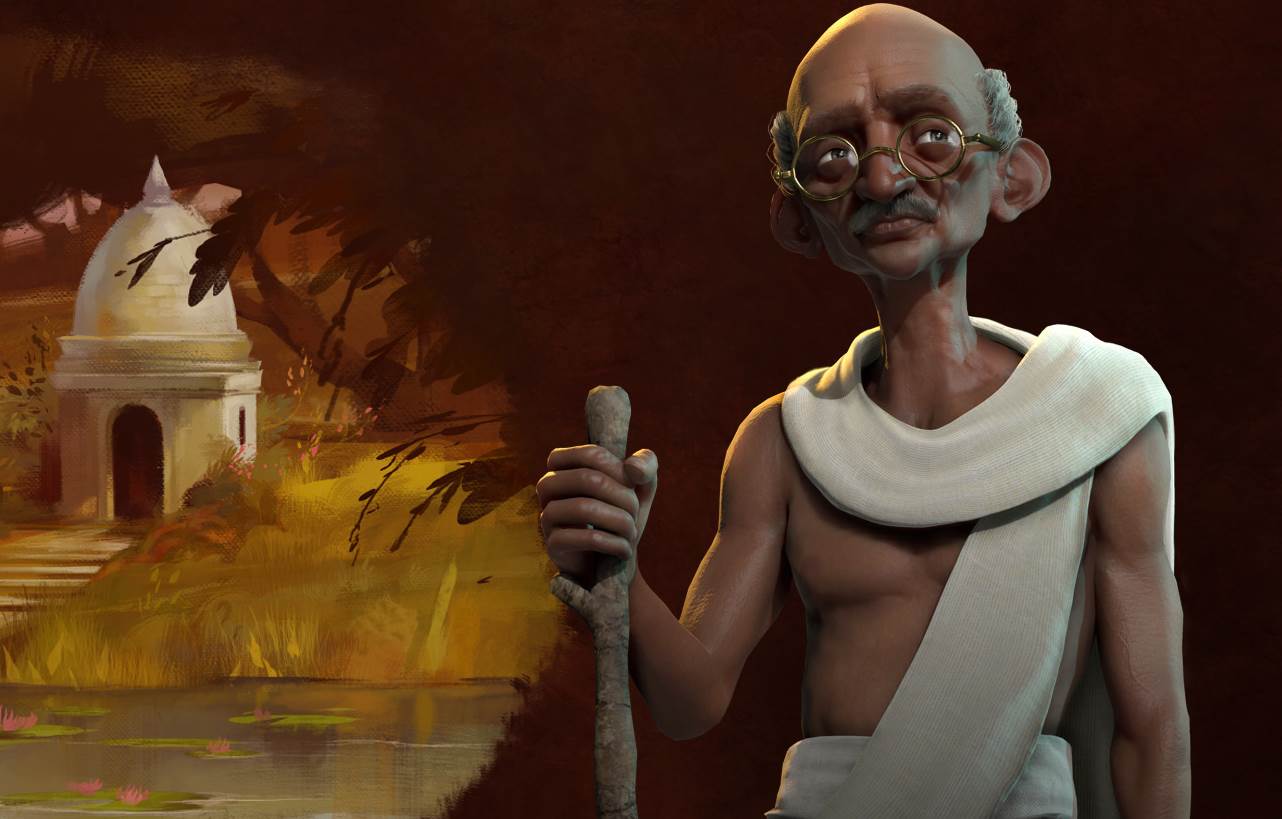
Going from Civ 4 to Civ 5 was probably the biggest step out of the comfy, immortal dictator shoes Sid Meier’s flagship series had ever taken, but Civ 5 to Civ 6 is an even more significant transformation. So whether you’re totally new to this world domination thing or a veteran of weathering Gandhi’s aggressive nuclear policy and using Civ 6 mods, it’s wise to seek some understanding of the basics. There are some tricky concepts to come to terms with a couple layers under what Sean Bean will tell you in the tech pop-ups. And it’s Sean Bean, so you never know when he might get impaled or immolated, leaving us to navigate the winds of time on our own.
City-plan ahead
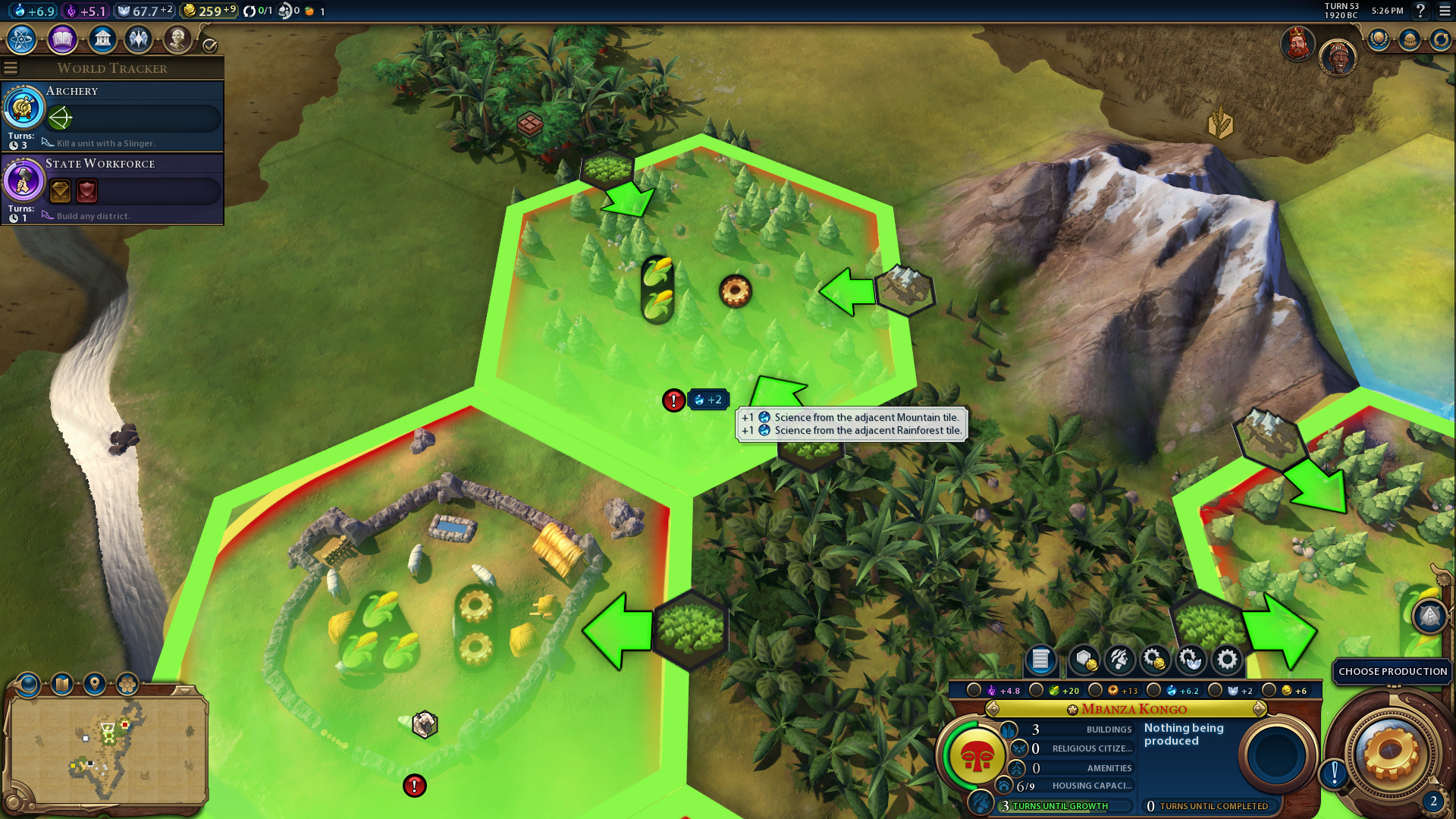
There’s really no way for a new player to visualize what an ideal city layout is going to look like in the modern era when your stone age tribe has just wandered out of the woods and decided that maybe houses would be a good idea for keeping the tigers away. Terrain and districts are massively important, and just about everything can gain some kind of adjacency bonus for being built next to certain other things.
Your first few campaigns almost have to be trial and error—and that’s okay! Just take note of what you ran out of room for, or how you screwed yourself out of some bonuses to your commercial hub by filling all the land next to that river with farms. Eventually, you should strive to be able to look at a newly-settled city and have an idea of where everything is going to go centuries down the road. Don’t ever hesitate to leave some tiles blank, saving a spot for a late-game district or wonder that will pay back your patience manyfold.
Barbarians have gotten a lot smarter
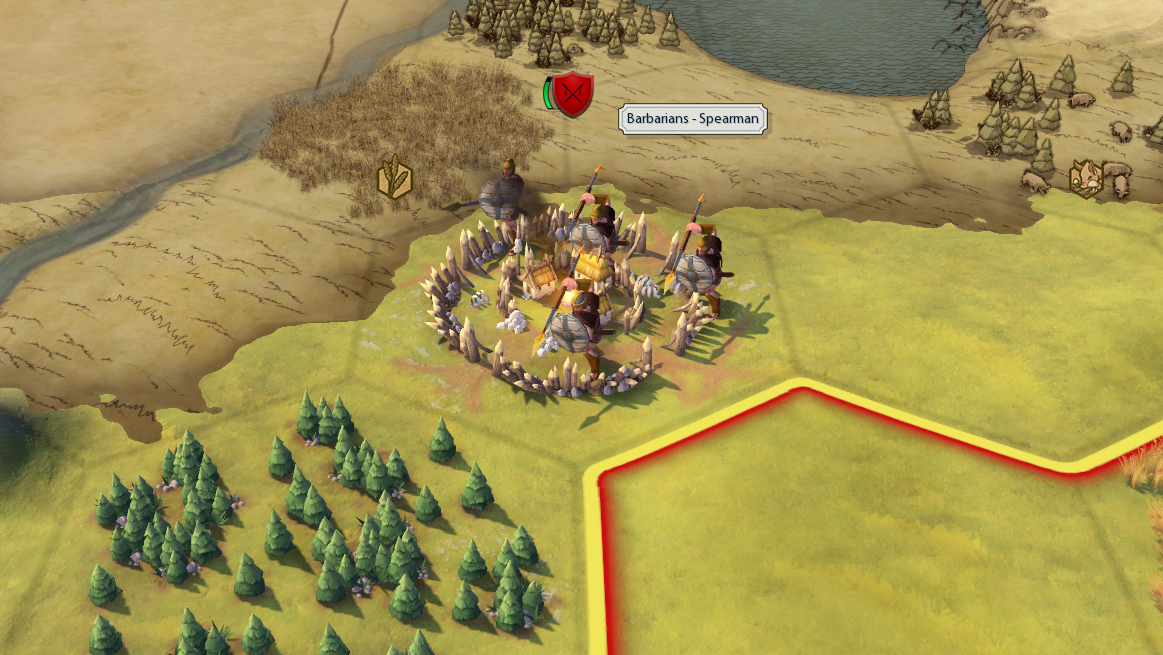
You know that scene in Jurassic Park where they realize the velociraptors have figured out how to open doors? My first couple encounters with Civ 6’s barbarians were a bit like that. The first barbarian unit you see is probably going to be a scout. And guess what? He’s coming to scope out your city and determine if it’s weak enough to attack. Not only that, but when his friends do arrive, they’re likely to have an intelligent unit composition and an understanding of the terrain similar to a human player.
City centers can’t attack in Civ 6 until walls have been built, so your first couple dozen turns can really put you at the mercy of the barbarians. Don’t wander off too far with your first warrior. I also recommend building at least one more warrior and a slinger very early on—before you even make a second settler. It’s worth it. On the bright side, barbarians are also now smart enough to retreat and lick their wounds if they know they’ve been beaten. So you only really need to kill a little more than half of their raiding party to buy yourself a respite.
Spread your Traders around to build road networks
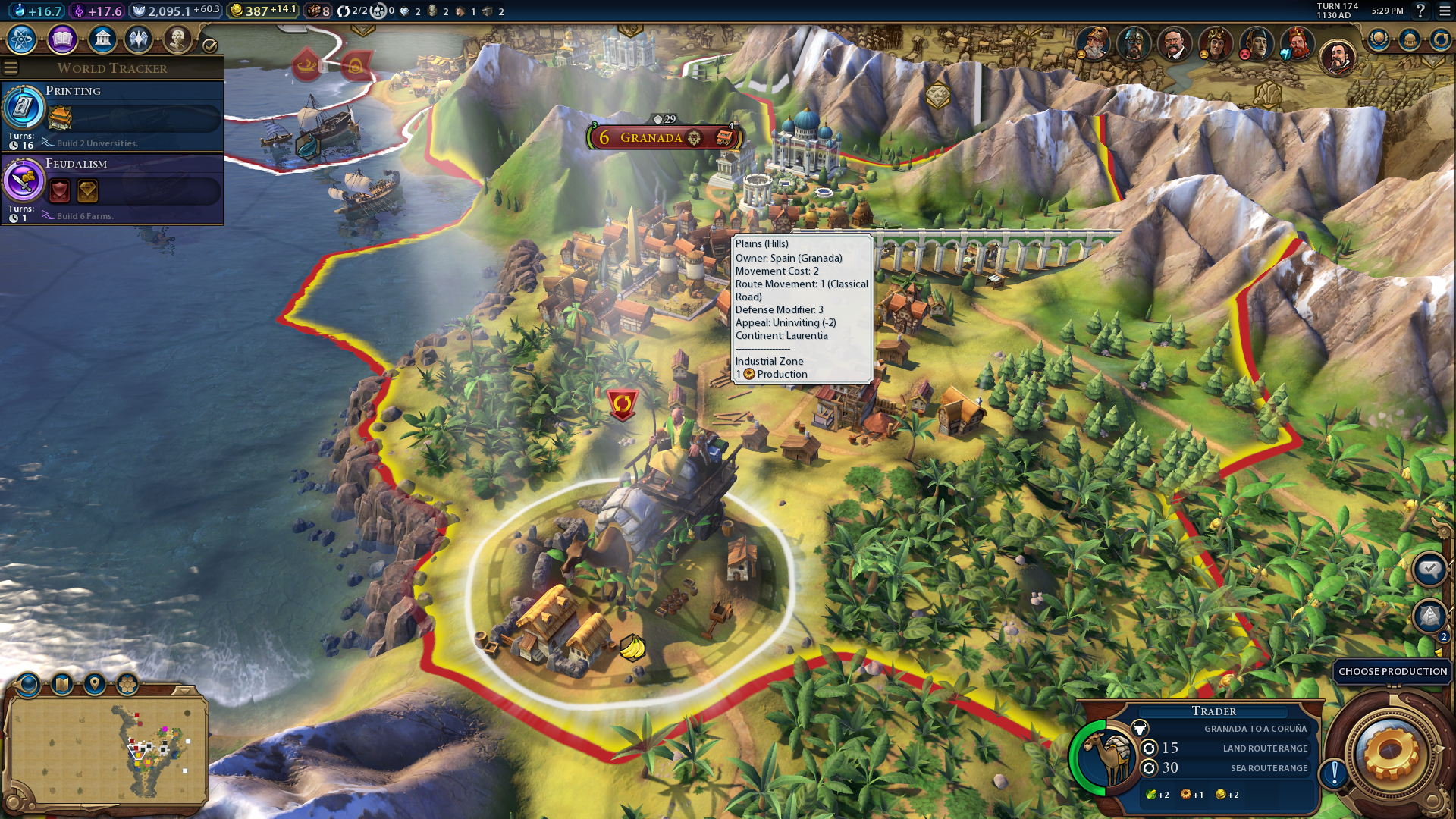
Since trade routes now automatically generate roads between cities (and this is, in fact, the main way of building roads), you’re going to want to keep re-basing your traders every time their mission expires to add another link to your network until all the cities of your empire are connected. Roads are more important than ever due to the harsh terrain movement changes I discussed with Tom. They can easily be the difference between being able to reinforce a city that's under siege, and allowing it to fall to friggin’ Saladin and his friggin’ auto-heal overpowered stupid-face Mamluks.
Also, don’t forget to protect your traders passing through the fog of war! I lost two of them to a barbarian scout with one health that I let live after the destruction of his village, thinking he wasn’t worth chasing and wouldn’t be a threat anymore. He apparently learned kung fu and took vengeance for his ancestors, costing me a lot of money, and I wasn’t too happy about it.
The biggest gaming news, reviews and hardware deals
Keep up to date with the most important stories and the best deals, as picked by the PC Gamer team.
Pay attention to AI agendas, but don’t let them ruin your fun
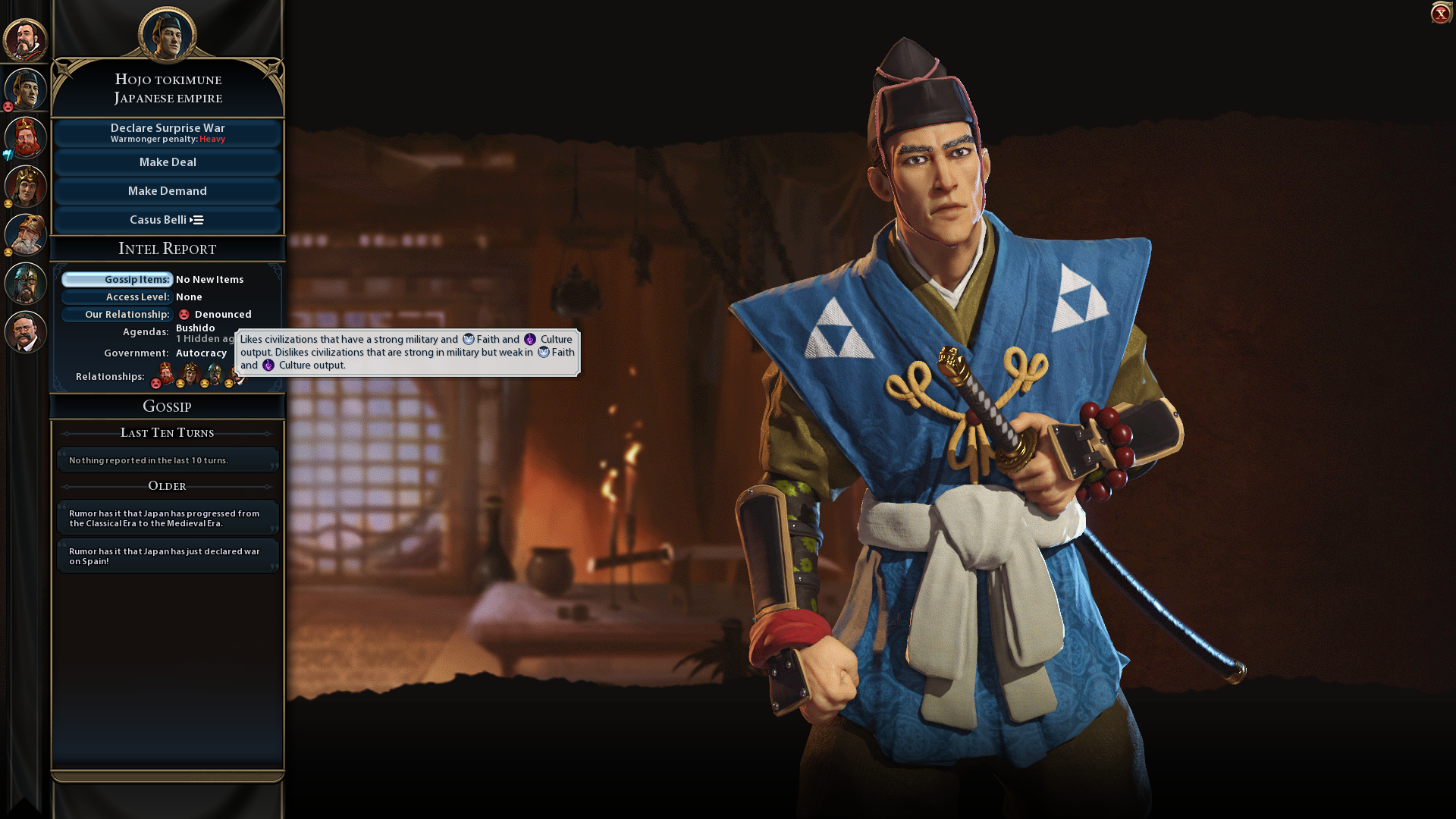
Civ 6 has made interacting with AI leaders better than ever with the introduction of agendas. You’ll know from the second you meet one of them what you can be doing to keep them happy or tick them off. Establishing diplomatic ties with everybody is in your best interest, as it will allow you to reveal their hidden agenda (though you can often get a feel for this by observing which of your actions they comment on positively or negatively), and specific details about why they love/hate/don’t even care about you.
On the other side of that coin, you shouldn’t fall into the trap of letting the AI agendas ruin your fun. If Teddy or Pericles are getting uppity that you’re courting that city-state you need for your culture victory, guess what? They can go shove it. You live on this board too, and you shouldn’t let the AI leaders’ personalities bully you out of playing the way you want to. If it comes to war, then so be it. Just figure out who you’re pretty sure you’re not going to get along with and be prepared to kick them in the teeth when they come knocking. (It shouldn’t be too difficult. Teddy has pretty big teeth.)
Read the tech and civics trees carefully
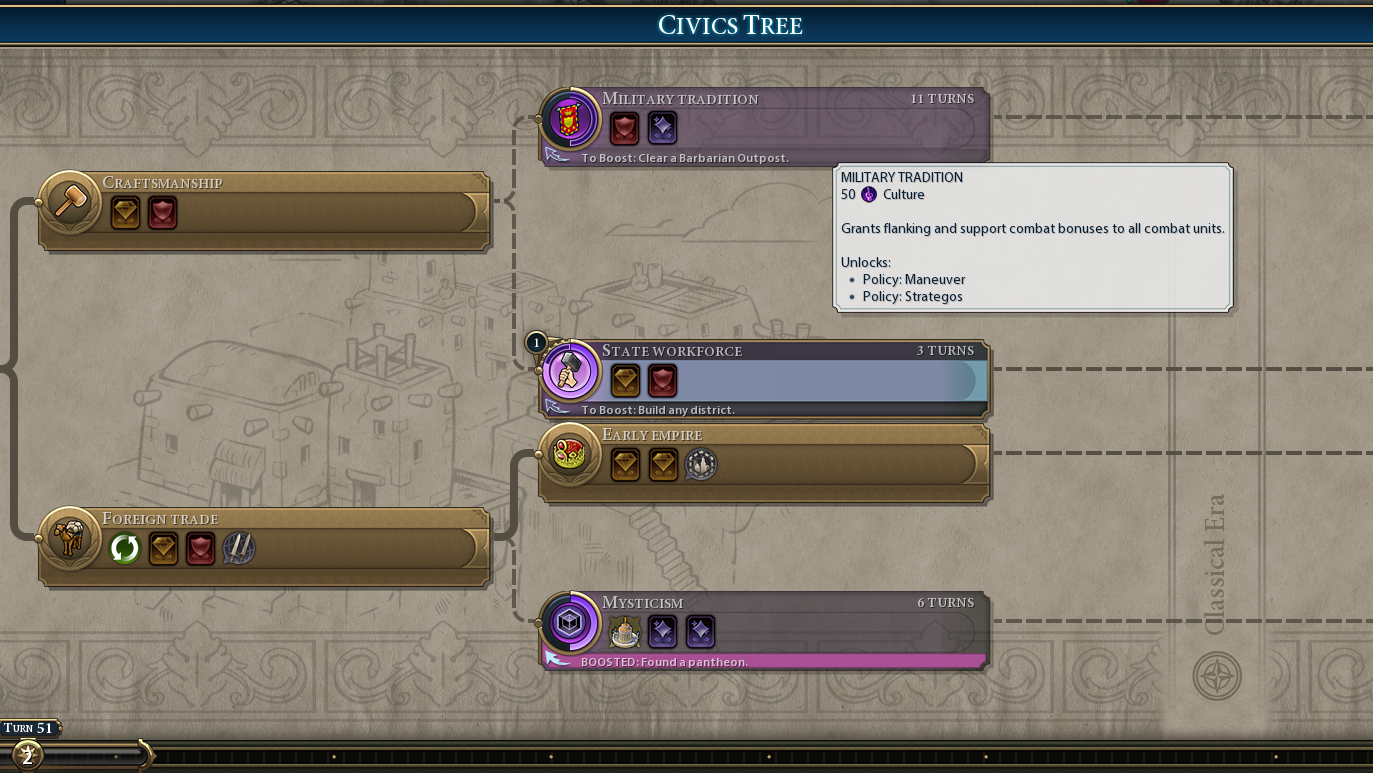
The tech tree, and especially the civics tree, can sometimes seem uninspiring from a cursory glance. "Oh, great, I can choose from two new Diplomacy cards or two new Economic cards that I’m not going to use." But wait! Hover over each of those civics and you’ll find that many of them unlock some sort of new ability. For example, the very early civic Military Tradition unlocks flanking and adjacency bonuses for your units that were standard in past Civ games. Later ones will unlock the ability to combine land units into Corps and Armies, and naval units into Fleets and Armadas.
Also pay attention to the fact that unlocking certain civics will make some earlier era policy cards obsolete. They will usually give you a card with the same general theme to replace it with, but you should plan accordingly if you’ve been basing your entire strategy around the specific effects of a card.
Len Hafer is a freelancer and lifelong PC gamer with a specialty in strategy, RPGs, horror, and survival games. A chance encounter with Warcraft 2: Tides of Darkness changed her life forever. Today, her favorites include the grand strategy games from Paradox Interactive like Crusader Kings and Europa Universalis, and thought-provoking, story-rich RPGs like Persona 5 and Disco Elysium. She also loves history, hiking in the mountains of Colorado, and heavy metal music.
